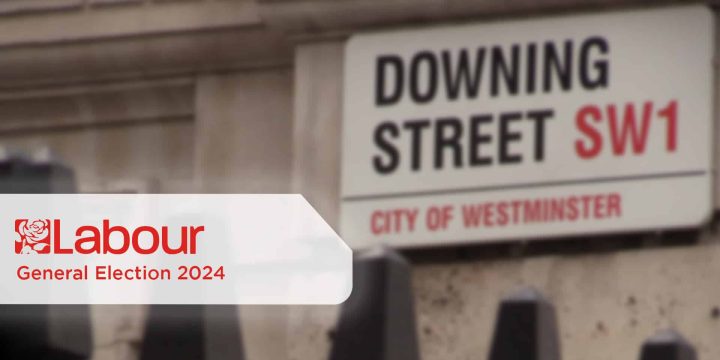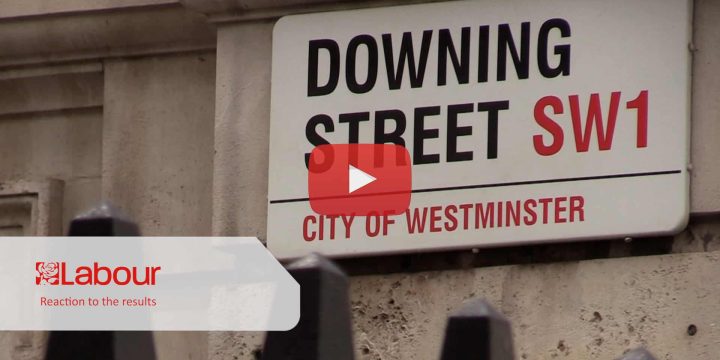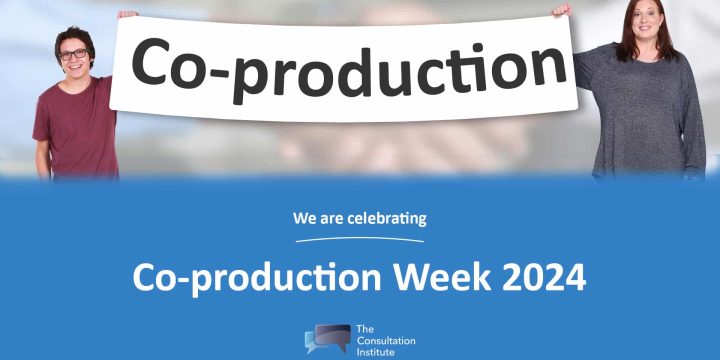News & Insights
Guest Article: All consultation is the same, isn’t it?
Article by Traverse
The same broad consultation principles apply across all sectors, on that we can all agree (alongside Stephen Sedley QC, who coined those Gunning Principles in 1985). But if we take a closer look at consultations in infrastructure and health and care, significant differences quickly emerge.
With experience of working on a diverse range of consultations – from the Lower Thames Crossing to health and social care regulations – Dan Barrett, Head of Infrastructure, and Lucy Nicholls, Senior Consultant, from social purpose consultancy Traverse explore why one size doesn’t fit all.
Legislation: the key driver
The differences largely stem from the primary driver behind statutory consultation: the legislation. In the case of infrastructure, the Planning Act 2008 sets out consultation requirements for Nationally Significant Infrastructure Projects (NSIPs) very clearly and specifically, from timescales to stakeholders, which provides a handy manual of instructions for the consultation team.
Health legislation is not quite so helpful (NHS Act 2006, s.242 and NHS Act 2006, s.14Z2), instead laying down duties of ‘patient involvement’ rather than ‘consultation’, leaving the tricky question of stakeholders one for comms and consultations teams to tease out for themselves.
The topic: defined or developing proposals
The topic of the consultation and the resulting decisions may also be very different. An infrastructure project is usually intended to result in something new and clearly defined from the outset – a road, a tunnel, or new power station.
For health, engagement and consultation must be evidenced at an early stage, when the outcome remains to be determined and proposals are in development. Unlike infrastructure, projects are rarely stemming from new funding, but usually from pressures with existing funding, and often ‘doing more for less.’
Equality and diversity
This differing context results in differing considerations and priorities for consultation. The relative prominence on equality and diversity highlights this. Whilst key to all consultation, the Public Sector Equality Duty falls heavily on health and social care organisations, and consultations need to draw out any potential impacts that may fall differently on different protected characteristic groups.
Timescales
The timescales for action may be very different. In health and social care, the decision following consultation may result in a change that is seen very quickly: a service may undergo a change, or a service may close and a different service be put in place instead. This means that the consultees are likely to be those who will experience almost immediate effects.
For infrastructure, it may be years before the project begins and more years before it is complete. The impacts and benefits are likely to be seen by a different set of stakeholders and within a different context – maybe even a different generation.
Outputs: reports and detail
The expectations and functions of the outputs also differ. For infrastructure consultations, and in particular statutory consultation, there is an expectation that a consultation report will provide an objective summary of all key themes and issues raised in considerable detail, without interpretation or recommendations.
This allows the promoter to address each issue, ensuring that every element of each response is considered and addressed. Reports for infrastructure consultations tend to identify specific detail and may be accompanied by other data to support consideration of individual comments to ensure each issue is addressed.
For health consultations, analysis and reporting tend to focus on themes and sentiments, highlighting views by protected characteristic groupings, and an interpretation of the findings or recommendations. This supports decision makers in understanding the breadth of feeling of consultees, and how a decision may have different impacts on different parts of the community.
Sources of challenge
Potential sources of challenge or scrutiny also impact the consultation. For infrastructure, there is likely to be significant official or parliamentary scrutiny, and challenge is usually from outside the project, from action groups, interest bodies (such as environmental groups), local communities and the media.
For health, the main source of scrutiny is usually the public and the media and challenge may come from internal stakeholders, such as staff, but official or regulatory scrutiny may not be as significant.
In summary, in considering the differences we are again reminded that consultation is not ‘one size fits all’. The design, delivery and reporting of consultation is fundamentally linked to the aims of the exercise, the wider context in which we are consulting and, most importantly, the needs and expectations of those we are consulting.
What remains in common, however, will be that working with our client and our communities, we will make better decisions together.



